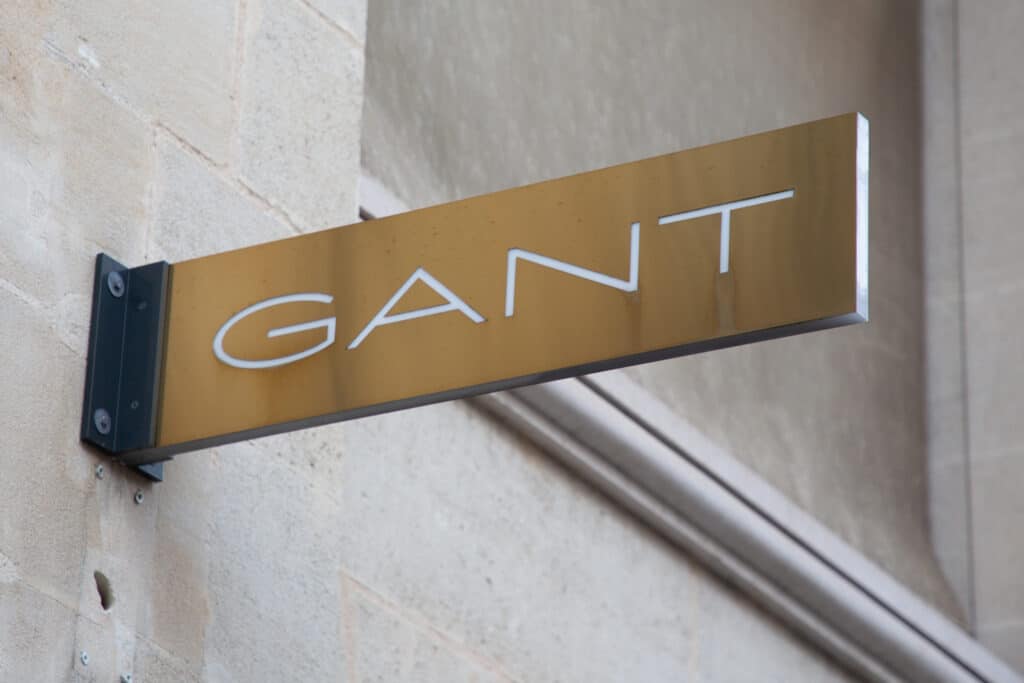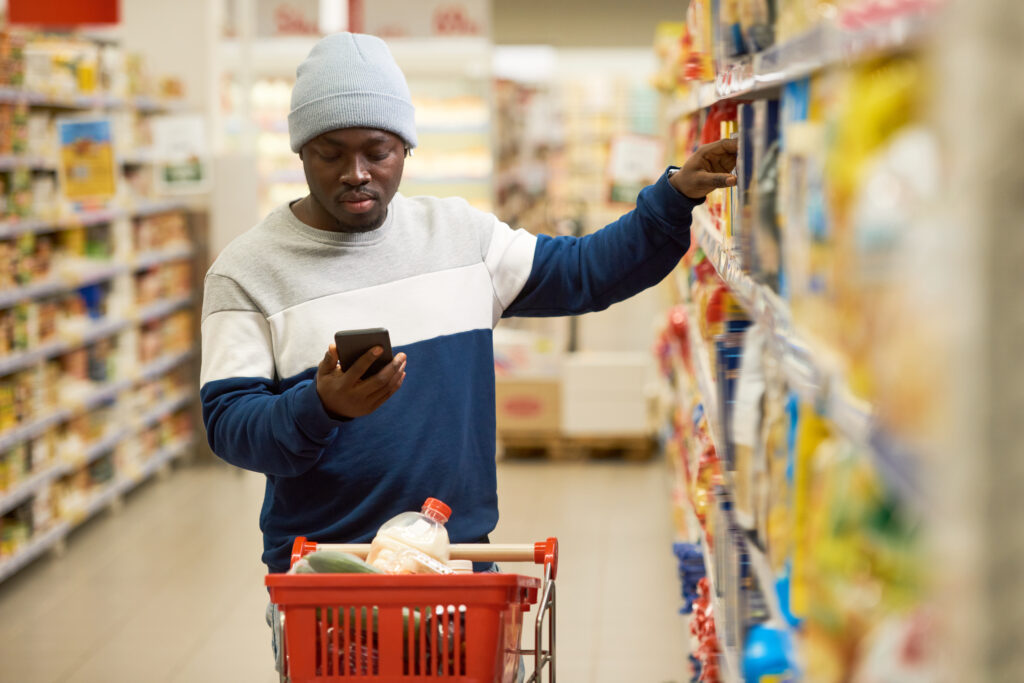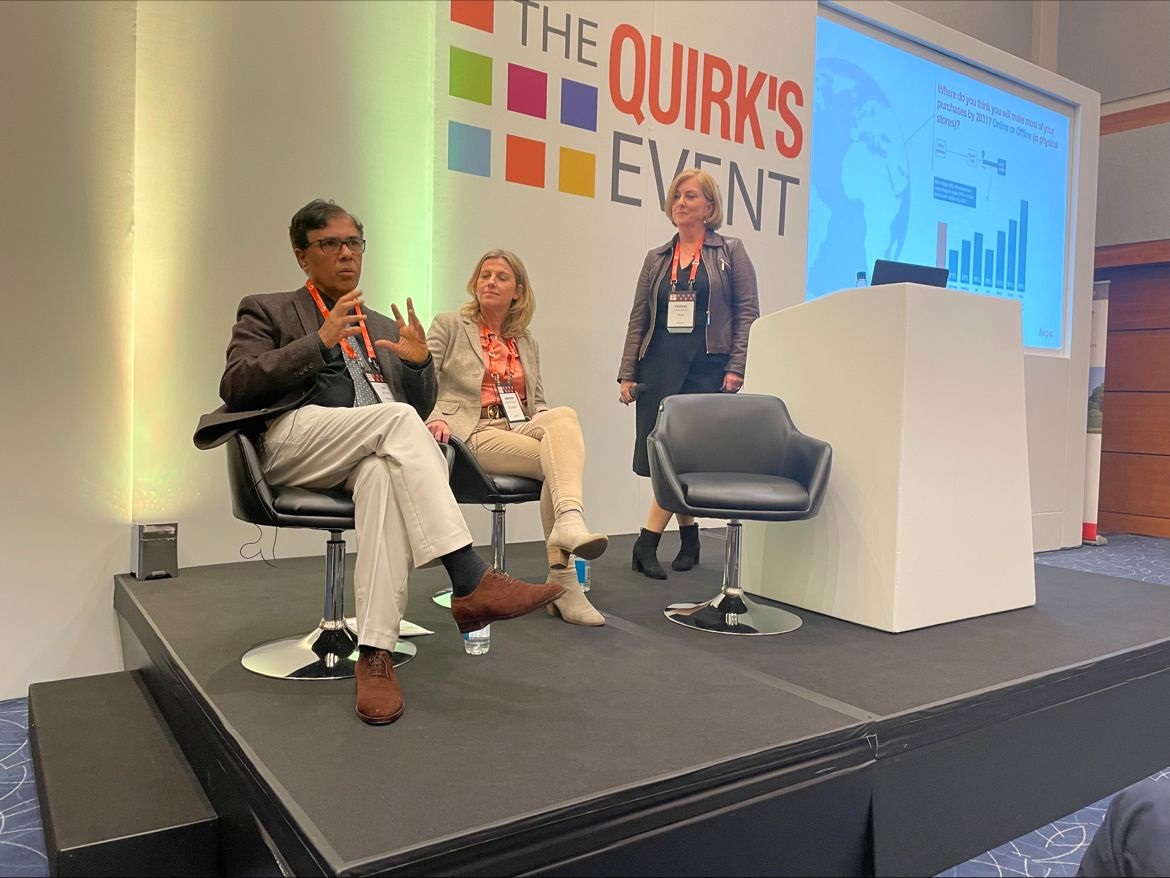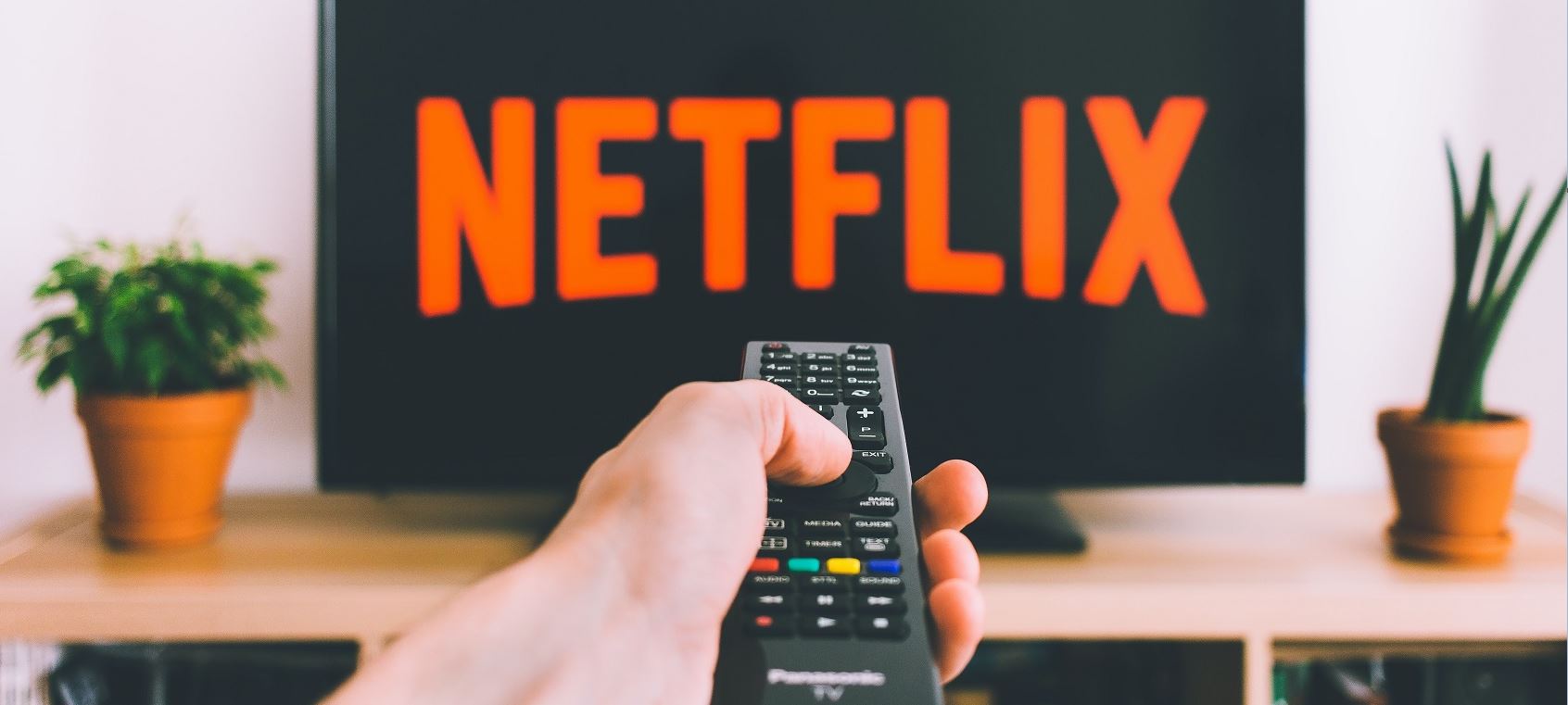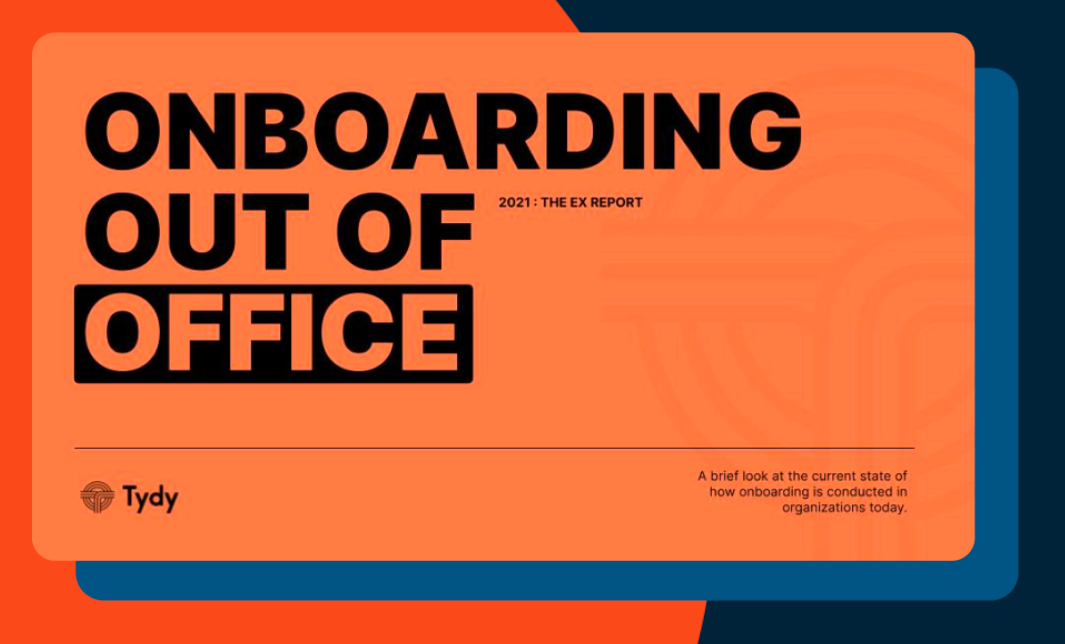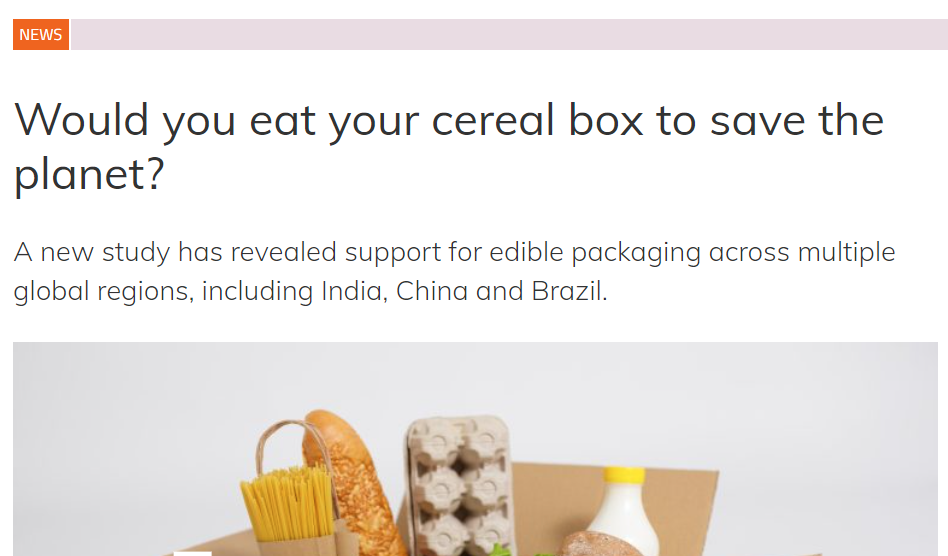Blog Posts
How to get the biggest slice of the meat-free pie
June 28, 2022

”In the midst of every crisis, lies great opportunity” – Albert Einstein.
This old adage has never felt as relevant than with the current boom we are witnessing in sustainability that has emerged from the global climate crisis. From climate pledges to EV vehicles, brands are racing to position themselves as ’green’ to win over the growing market of environmentally conscious consumers.

This is especially true for the rapidly growing meat replacement market, which (unless you have been living under a rock for the last couple of years) you have probably seen appearing more and more on your TV screen, social media feed, and supermarket shelves. This is no coincidence: the meat replacement market has boomed over the last 5 years, with the global market value growing by over 210% since 2016 to $7.7Bn annually, and is predicted to continue this growth (reaching approximately $16.7Bn by 2026)[1].
Unfortunately, big opportunities also mean increased competition. Growing demand has led to an explosion of brands entering the market with their own answers to meat replacement products. From market leaders (including California based Beyond Meat and Impossible Foods) to supermarket private label, everyone wants a piece of the meat-free pie.
With so much competition, it is becoming increasingly difficult for brands to win the sales of meat replacement shoppers. Knowing where and how to communicate with shoppers has never been so important.
How Nepa got involved
In 2021, Nepa partnered with one of largest meat replacement brands in the Netherlands, who wanted to better understand the omnichannel shopper journey for meat replacement shoppers in the Dutch market. Through our Paths to Purchase solution, we set out to identify and understand how they could optimise their communication strategy at key points of influence across the shopper journey, in order to drive growth within existing and emerging channels.
What did we find?
Tracking more than 1,000 shoppers over a 6 week period, we found that the biggest opportunity to drive penetration growth of meat replacement brands in the Netherlands was actually among the biggest meat consumers! ‘Carnivores’ (shoppers who consumed meat daily) were the consumers most likely to try out a new brand of meat replacement products.
Interestingly, we also found that environmental concerns were among the top factors driving meat-eaters to try out meat replacement brands. This is hardly surprising: meat-free diets are becoming increasingly advocated as an effective way of reducing personal carbon footprint; and with meat-replacement products producing between 30 – 90% less greenhouse gas emissions than conventional meat [2], they are often recognised as a sustainable alternative.
What else?
But understanding who to talk to and what to communicate alone is not sufficient to beat the competition (after all, nearly all meat replacement brands position themselves as sustainable). It is equally important to understand where to speak to shoppers.
Through touchpoint conversion analysis we examined which key points influenced consumers most across their shopping journey. The results showed diverse and nuanced shopper journeys: consumers were both exposed to and influenced by brand touchpoints across the omnichannel landscape, as well as pre-shop and in-shop.
Above all, however, we found that shoppers were most influenced by brand interactions in-shop. This is an intuitive finding: the meat replacement market is young and growing, with many shoppers being light category buyers who are yet to settle into routine purchase habits, suggesting that they commonly make brand purchase decisions once in the shop aisle.
What does this mean for the future?
As the lucrative value of sustainable product offerings draws the attention of more brands, they are faced with an increasingly competitive market as contenders jostle for the approval and loyalty among the growing population of conscious consumers.
Understanding who to talk to and what to talk to them about has never been so important in order to stay ahead of your competition.
Want to know more about how Nepa can help you? Contact us today!
[1] https://www.statista.com/forecasts/877369/global-meat-substitutes-market-value
[2] https://gfi.org/resource/environmental-impact-of-meat-vs-plant-based-meat/






